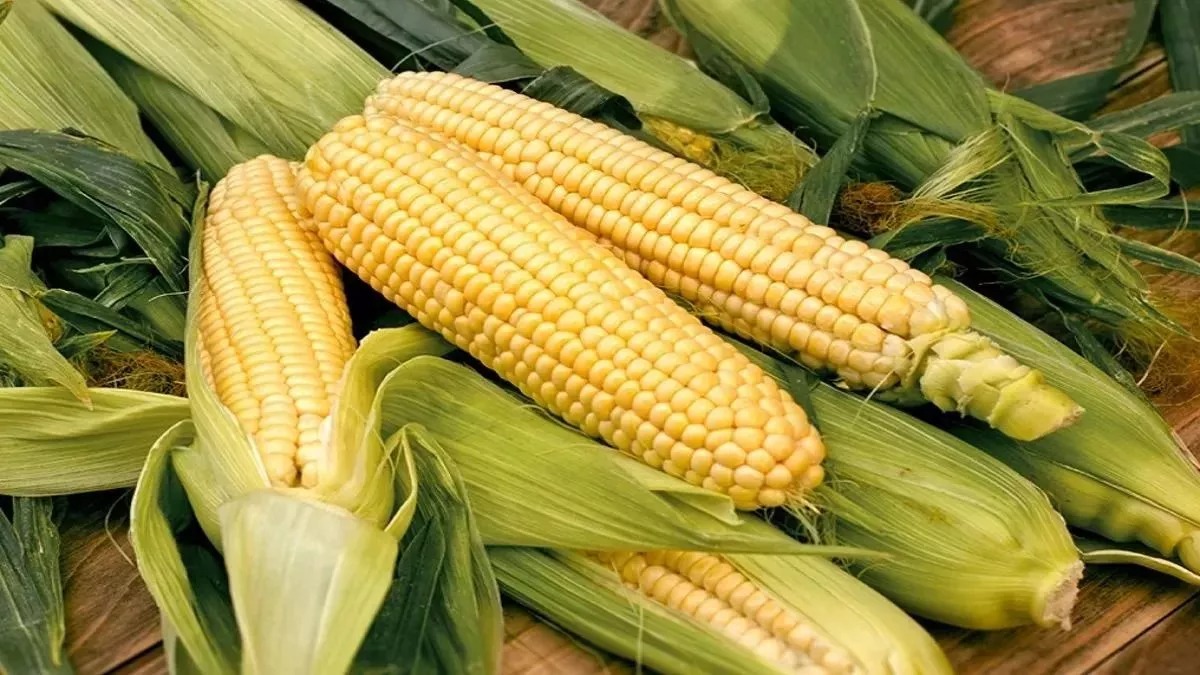
New Delhi: Along with the speed in the construction of grain warehouses at the national level, there is good news that the food grain reserves of the country are also going to be filled. In the year 2024-25, the total production of Kharif food grains is estimated to be 1647 lakh tonnes, which is 89.37 lakh tonnes more than last year. This is 124.59 lakh tonnes more than the average Kharif production. Apart from rice and maize, a record can also be made in peanut production.
The Department of Agriculture and Farmers Welfare has released the production estimates of major agricultural crops for 2024-25. For the first time in the country, a survey has been conducted under the Digital Agriculture Mission. Due to good yield of rice, jowar and maize, record increase is being seen in Kharif food grain production.
There has also been a good increase in the area of rice cultivation in Uttar Pradesh. According to the advance estimate, the production of Kharif rice can be 1199.34 lakh tonnes, which is 66.75 lakh tonnes more than last year and 114.83 lakh tonnes more than the average Kharif rice production.
Kharif maize production is estimated to be 245.41 lakh tons and Kharif coarse grains 378.18 lakh tons. The total production of Kharif pulses may be 69.54 lakh tons. Kharif oilseeds production may be 257.45 lakh tons, which is about 15.83 lakh tons more than last year.
For 2024-25, the production of Kharif groundnut is estimated to be 103.60 lakh tonnes and soybean production is estimated to be 133.60 lakh tonnes. Similarly, sugarcane can yield 4399.30 lakh tonnes and cotton 299.26 lakh bales (170 kg per bale). The production of jute and mesta is estimated to be 84.56 lakh bales (180 kg per bale).
For the first time in the country, a digital crop survey has been conducted with the cooperation of the states. The data has been estimated on the basis of area, which is an important step towards accurate estimation. In the survey, the area of crops in different states has been verified on the basis of inputs received from weekly crop weather monitoring group and agencies.
Consultations have also been held with industry and other government departments and stakeholders before finalizing the report. The yield estimates have been made mainly on past trends, normal yield, ground level inputs and expectations. It will be revised based on the actual yield at the time of harvesting. All the districts of Uttar Pradesh, Madhya Pradesh, Gujarat and Odisha have been covered in the survey.
--Advertisement--

 Priya
Priya Share
Share



